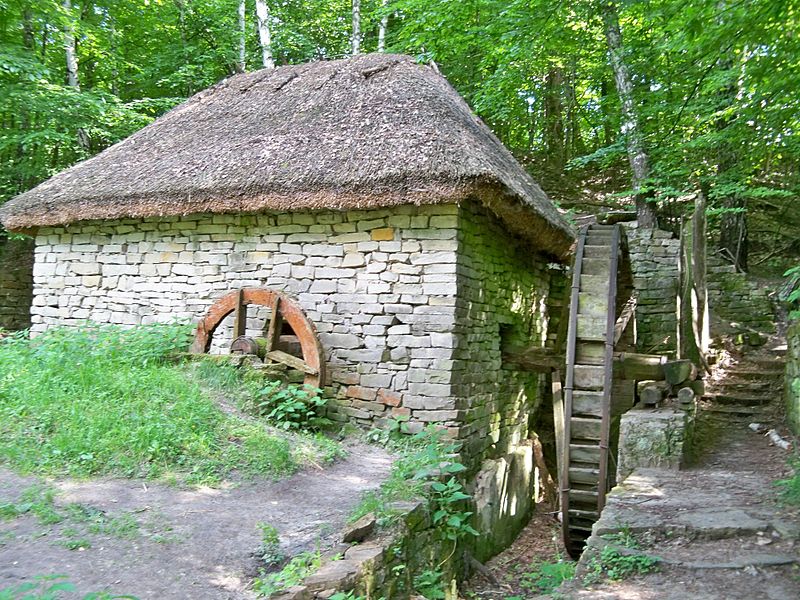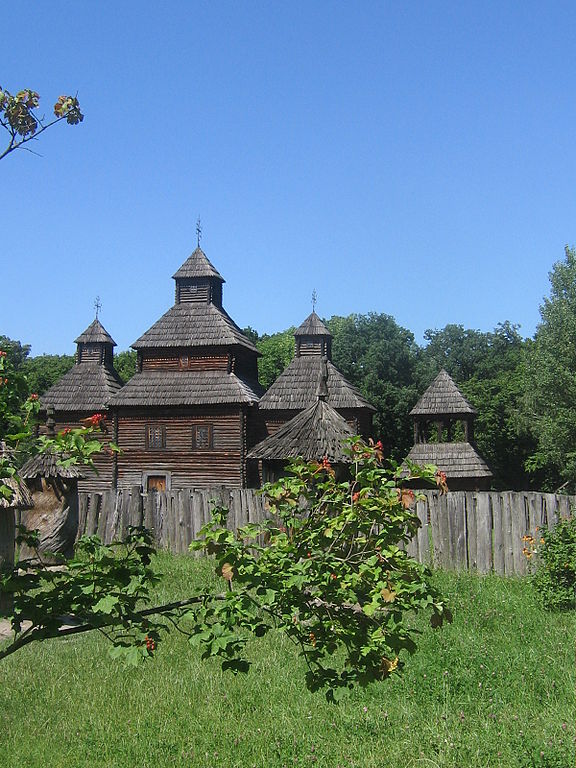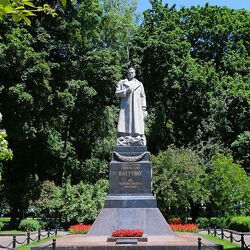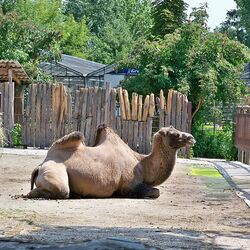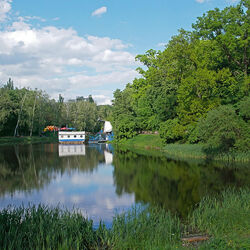Museum of folk architecture and life of Ukraine
Near the town of Pirogovo there is a museum of folk architecture and everyday life of Ukraine, which contains old architectural buildings and household items from all over Ukraine. It is popularly called the Pirogovo Museum.
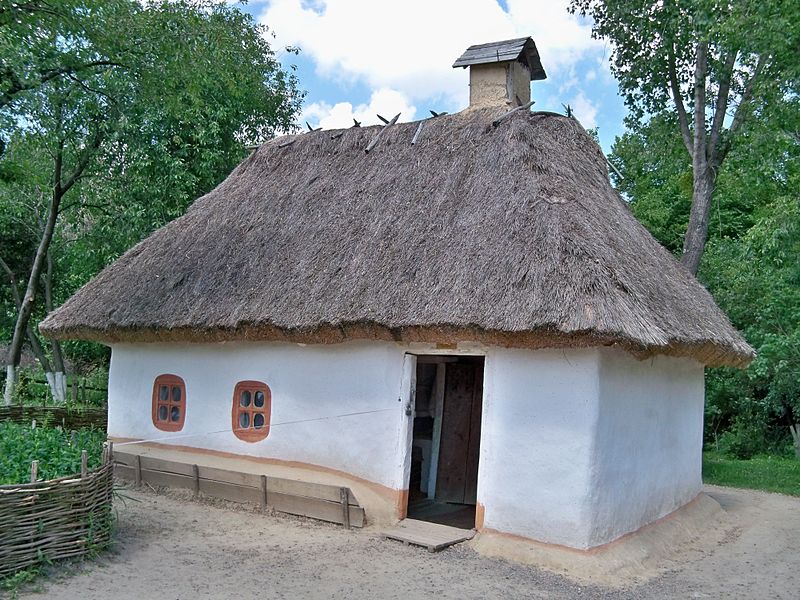
The museum is located on the outskirts of Kiev, on an area of 133 hectares. The museum's history began with the publication of a letter requesting the creation of a museum of folk culture. Soon, ethnographers drew up a plan to collect exhibits for the museum, and in 1976 it opened its doors to visitors. In total, there are 275 examples of buildings that were previously built in the 16th and 20th centuries in Ukraine. All exhibits are grouped according to the peculiarities of a particular region. Windmills, churches and household items from all over the country were also transported here. The farmsteads contain over 50,000 household items, musical instruments, as well as a large collection of folk women's and men's clothing.
Since time immemorial, most of the territories of Ukraine have been covered with forests. Because of this accessibility, wood was used wherever possible - from dishes to huts and carts. The technology of building houses has been passed down from generation to generation, while maintaining its conservatism. The house, built in a 19th-century village in Ukraine, was not much different from a house built in the 10th century. The only differences were in the decoration of the house. In the museum of Folk Architecture and Everyday life of Ukraine, the peasant farmsteads of the Middle Ages looked as usual. In Ukraine, houses where you can permanently live are called huts, in seasonal kolybas and kurens. The courtyard was divided into 2 parts: the household and the clean courtyard. The clean one had a hut, cellars, wells, sheds, stables, warehouses for storing inventory, and there was certainly a large vegetable garden. The courtyard was usually enclosed by a large fence with 1 entrance, forming a kind of fortress. Such a complex of buildings in the Carpathians is called "grazhda". Huts were made of logs, and linden trees were especially valued. Inside, brushwood, straw, and clay were usually used for decoration. The roof was covered with small boards (shingles), or with reeds or straw. This choice of materials made the houses extremely flammable.
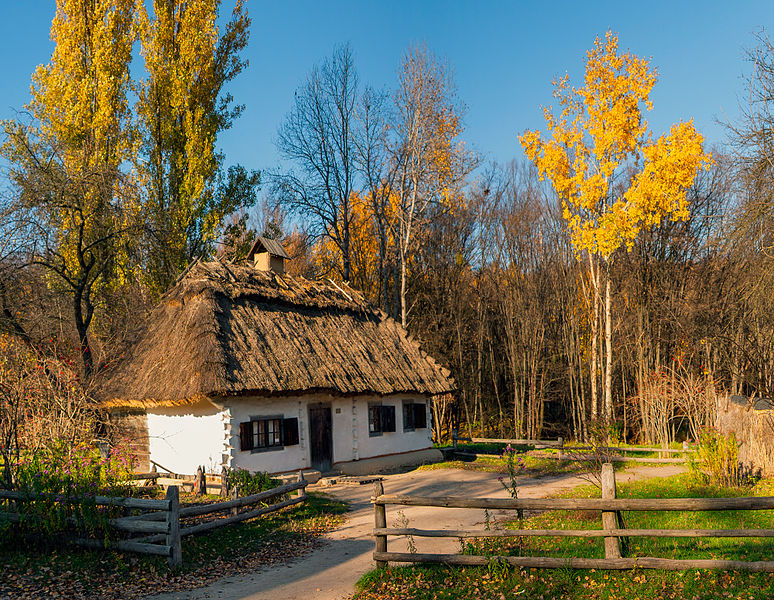
The Pirogovo Museum also has buildings designed for all residents of the village: schools, creameries, forges, churches, mills. Until the 18th century, the mills were water-powered, then only windmills appeared. Each region had its own mill frame. In the southern regions of Ukraine, windmills were installed in groups, sometimes you can see more than 10 windmills in one place. In the steppe regions, they were made very tall, up to 12 meters in height. In Polesie, they were made in forests on hills. Quite often, windmills were decorated with carvings for beauty.
The Pirogovo Museum perfectly presents the interior and exterior decoration of houses, as well as their secret meaning. The flowers and birds painted above the windows indicated that there was a marriageable boyfriend or girlfriend in the hut. It was believed that small crosses painted on a gate or a house protected the house. Embroidered towels, bundles of garlic and herbs were also hung on the windows as amulets. The floor in the hut was made of clay, only well-to-do peasants could afford wood. By the 19th century, wood had greatly increased in price due to the depletion of their reserves, so only barrels could afford log houses, the rest built frame houses.
On the territory of the museum you can have a great weekend break. If desired, you can ride a horse, try folk cuisine, and have a delicious barbecue in numerous pubs and inns.


